Power Button
To turn your iPhone on, hold the power button until the display lights up and the apple logo appears. It will take a few moments to cycle on before loading your home screen (the grid of squares/tiles that represents different apps you can launch with a tap). You will also be prompted for your passcode to unlock/open the phone.
The location of the power button varies on different iPhone models; it is either on the top of the phone or on the righthand side near the top:
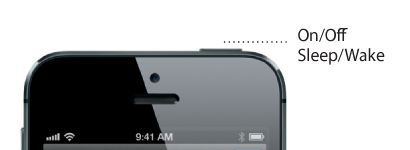
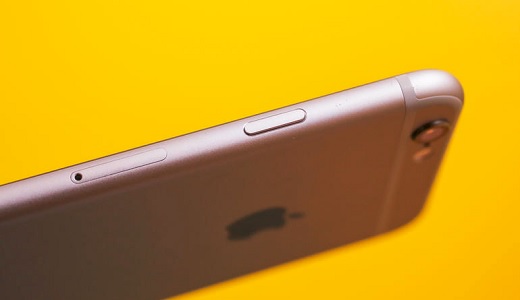
To turn your iPhone off, hold the power button for roughly 3 seconds until you see the text "slide to power off." Drag the red power button to the right to turn off the iPhone.
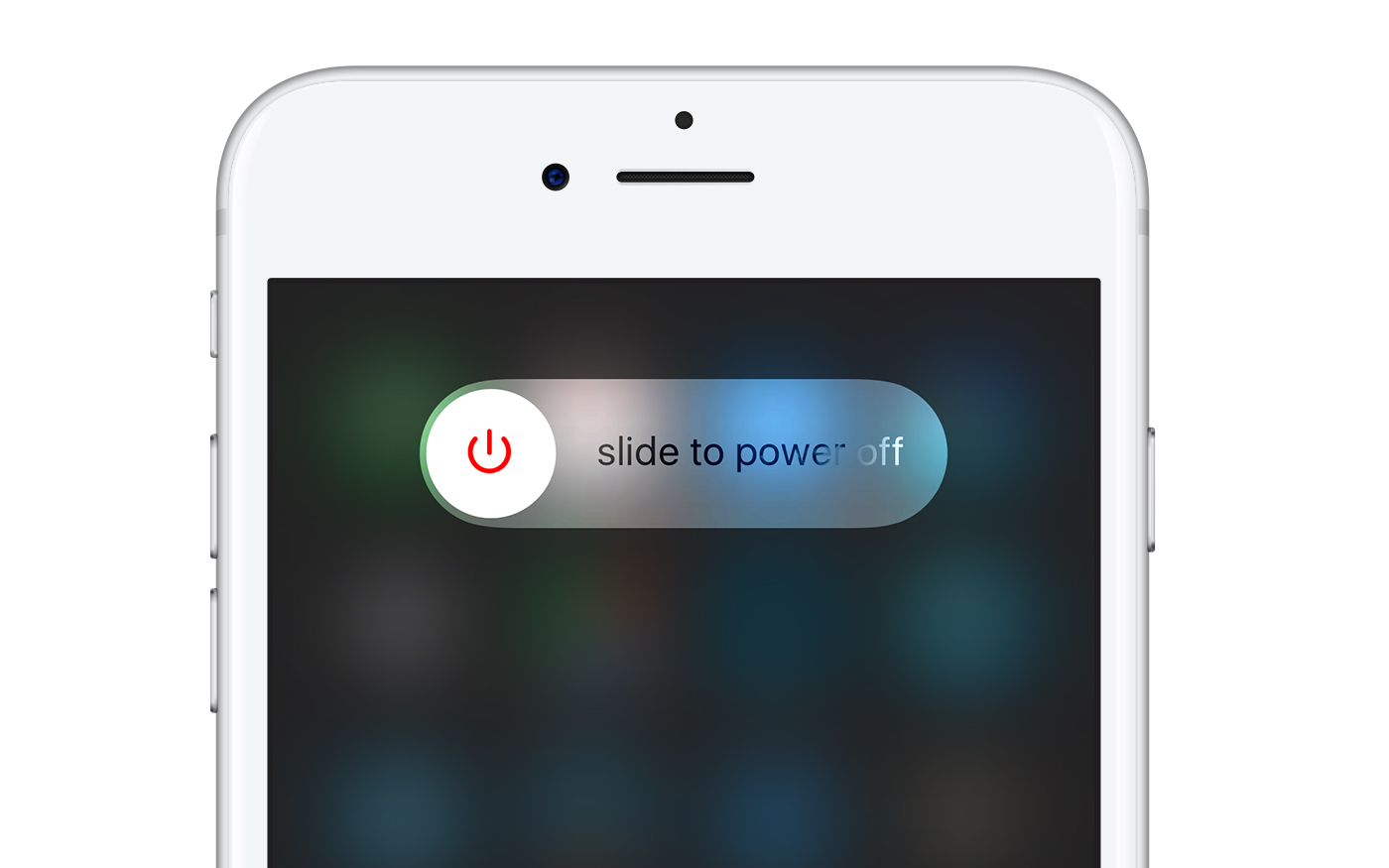
Sleep / Wake
After a few minutes of inactivity, your iPhone will go to "sleep" on its own. All this does is turn off the display to conserve battery life and prevent inadvertent commands from being sent to the phone. The phone is still on and can receive calls, texts, and emails.
Once you're done with a given task on the iPhone, it's best to press the power button once (do not hold it down) to put it to sleep.
Next time you want to use it again, just press the power button again (do not hold it down) to "wake" it up (i.e. turn on the display). Then press the home button to enter your passcode and unlock the phone.
Home Button
The other main button on your iPhone is called the home button. On all iPhones, this is the circular button located on the front of the phone at the bottom by the speakers and lightning (charging) port.
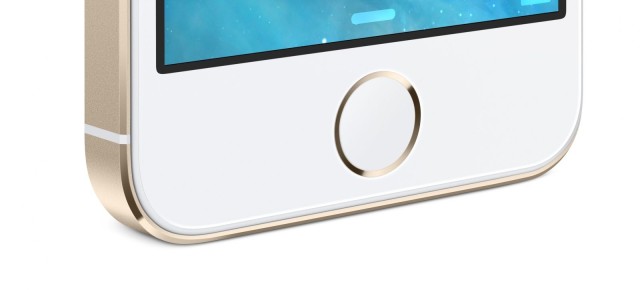
While you are using your iPhone, you can press the home button at any time to see your home screen, which is the grid of squares/tiles that represents different apps you can launch with a tap. If you press the home button while working within a given app, you will be taken out of that app and shown the home screen.
Pressing the home button will also wake up the display if the phone is asleep. You will then be prompted for your passcode to unlock the phone.
Mute Switch and Volume Buttons
Be careful with the mute switch on the lefthand side of the iPhone. If this switch is in the down position and a red line is visible (as it is in the photo below), your iPhone will not ring or make any sound when you receive calls, texts, or emails. Always keep this switch in the up position (so that the red line is not visible) to make sure you hear incoming calls, texts, and emails.
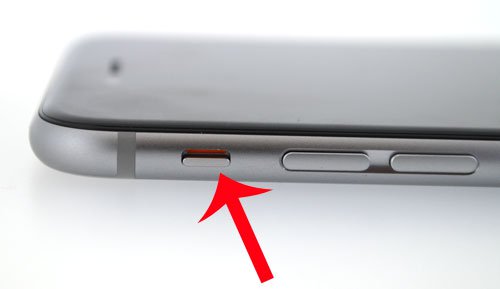
Just below the mute switch are two buttons. These are the volume up and volume down buttons. Press either of these to set the volume of ringtones and other audio coming out of the iPhone to your liking. You will see an indication of the current volume level on the display after pressing either of these buttons when the phone is awake and unlocked.
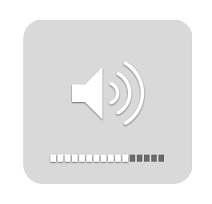
Making Calls
To make a call on your iPhone, first wake and unlock it with your passcode. Navigate to the home screen by pressing the home button, and tap the green "Phone" icon that is located (by default) in the bottom-left corner of the screen.*
You will then see the Keypad, which allows you to dial any number that you wish to call. You can also tap the Contacts button at the bottom of the screen to see a list of the contacts on your phone.
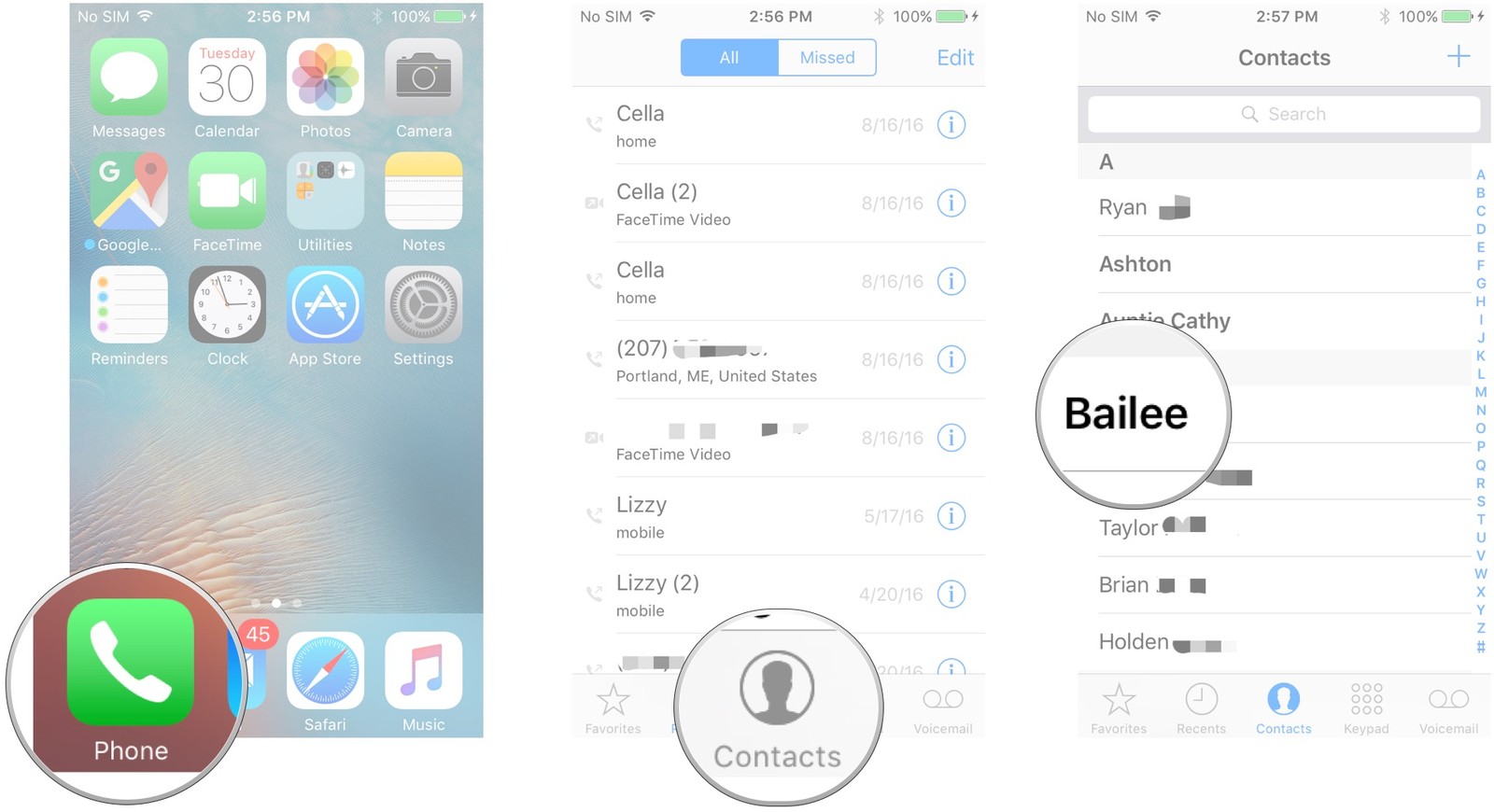
Tap the name of the person you're calling, and then tap the specific phone number associated with the person you'd like to call.
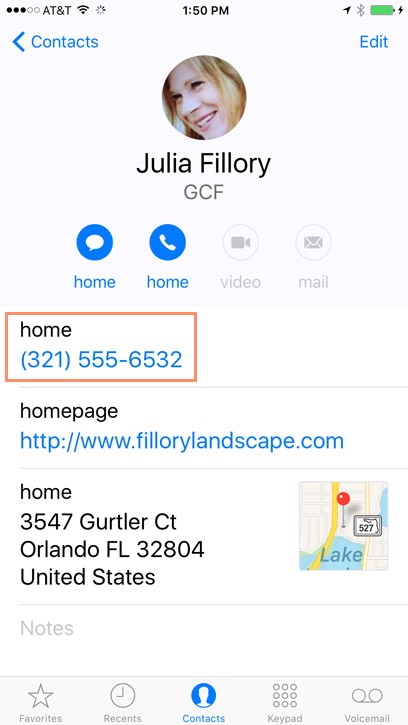
Texting
To view text messages you may have received on your iPhone, first wake and unlock it with your passcode. Navigate to the home screen by pressing the home button, and tap the green "Messages" icon that is located (by default) in the top-left corner of the screen.*
Unread messages will appear with a blue dot on the lefthand side of the message preview. You may have to tap the blue arrow in the top-left corner of the screen if you see a specific conversation with a contact instead of a list of previews of all the text messages on your iPhone.
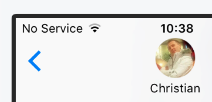
To reply to a text message you have received, simply tap the preview of the message in question and tap the oval field at the bottom of the screen with greyed-out text that says "iMessage" or "Text Message." Type out your message and tap the blue or green up-arrow to the right of your message to send.
To compose a new text or iMessage, tap the pencil-over-paper icon in the top-right corner of the screen in the Messages app.

Checking Voicemail
To hear voice messages you may have received on your iPhone, first wake and unlock it with your passcode. Navigate to the home screen by pressing the home button, and tap the green "Phone" icon that is located (by default) in the bottom-left corner of the screen.*
Next, tap "Voicemail" in the bottom-right corner of the screen. Unplayed voice messages will appear with a blue dot to the left of the caller's name or phone number. Tap on the message you'd like to hear and press the blue triangle to play it.
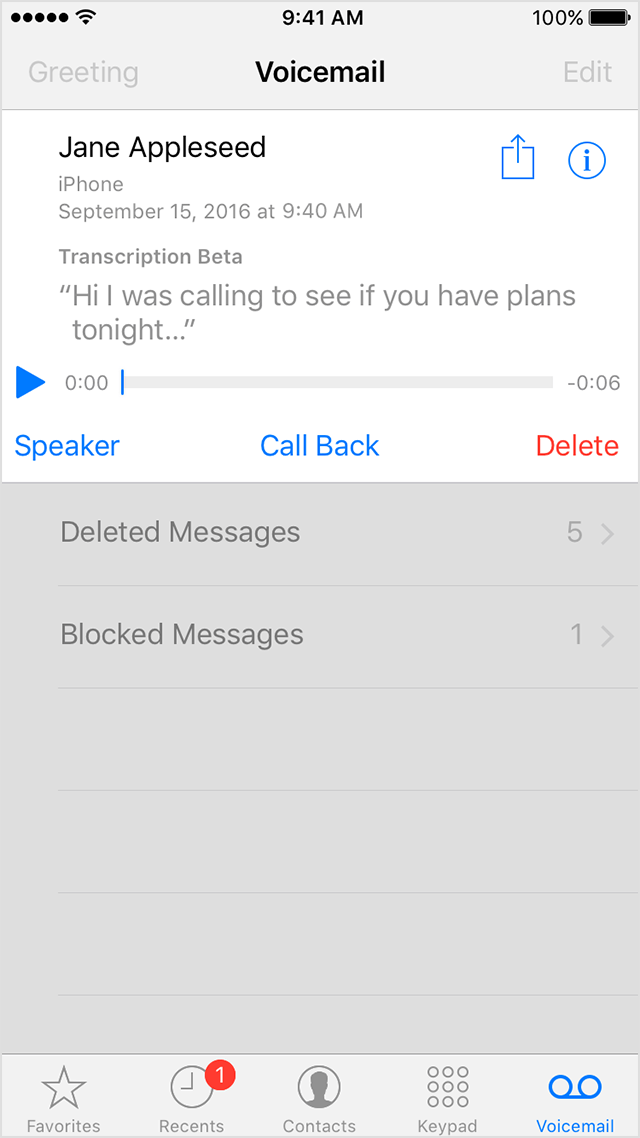
Checking Email
To read emails you may have received on your iPhone, first wake and unlock it with your passcode. Navigate to the home screen by pressing the home button, and tap the blue "Mail" icon that is located (by default) on the very bottom of the screen.*
If you have not already added your VCFA email account to your iPhone, you will be prompted to do so at this point. Select "Google" from the list of account types, enter your VCFA email address (ending with @vcfa.edu), and tap Next. Enter your password on the next screen and tap Next.
Charging Your iPhone
Depending on how you use your iPhone, its battery may hold charge for 24 hours or more. If you use it heavily for calls, texting, email, web browsing, and playing music, the battery will drain significantly more quickly.
In general, it's best to charge your iPhone overnight every night. Connect your iPhone to a computer (via USB) or to the wall (via an AC adapter) with the lightning cable provided. The lightning port is located on the bottom of the iPhone by the home button.
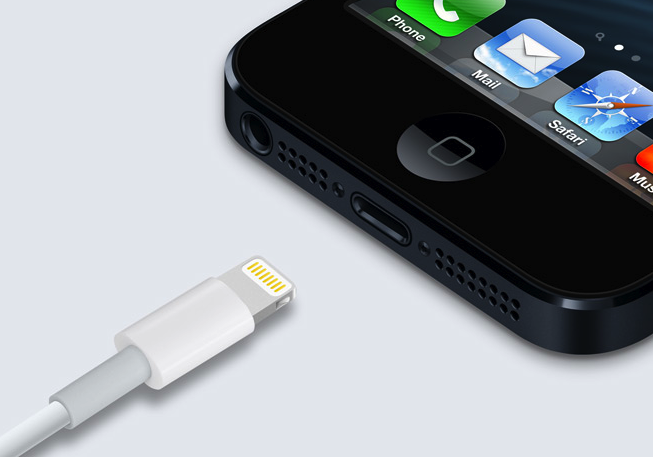
*If you can't find an app you're looking for on the home screen, you can perform an iPhone-wide search.
